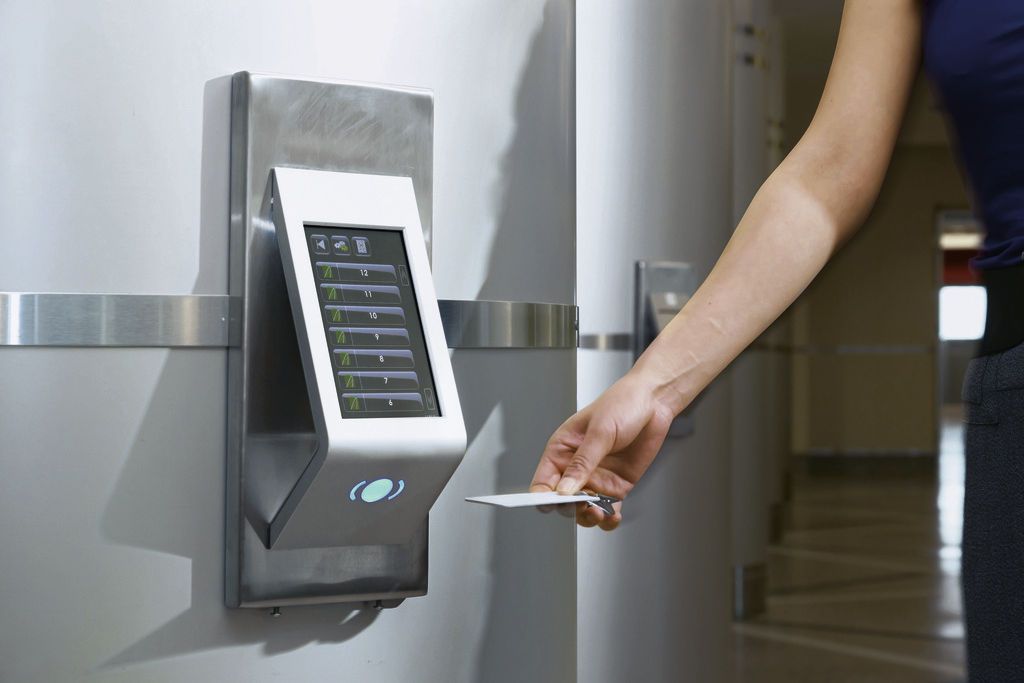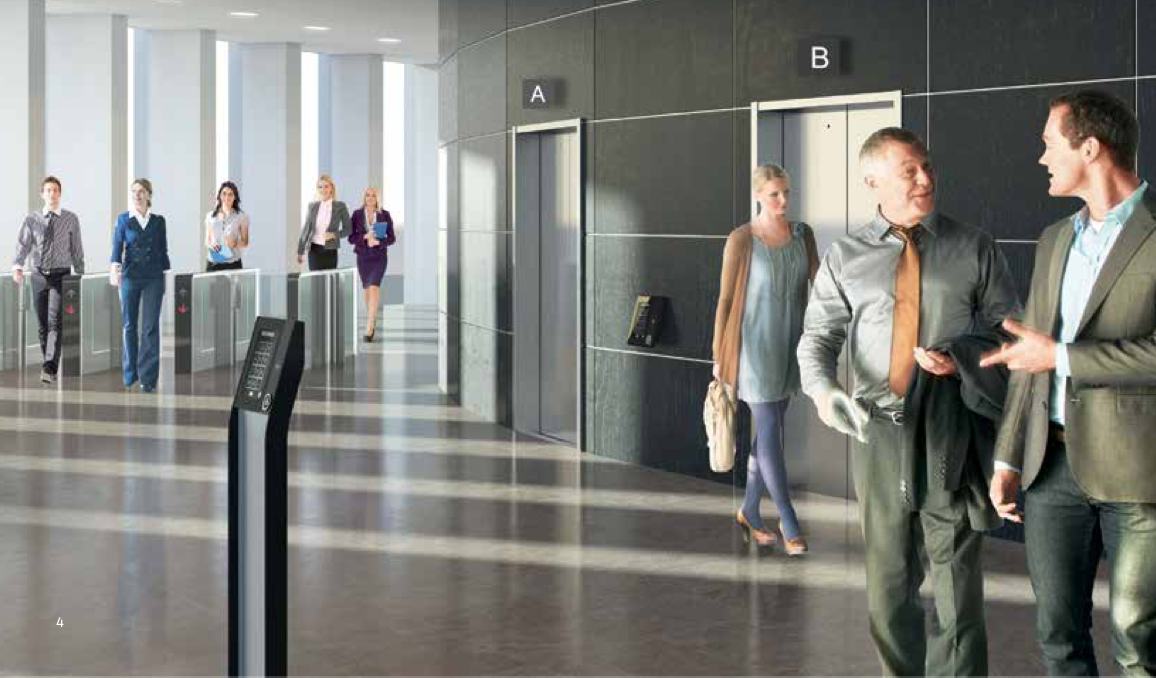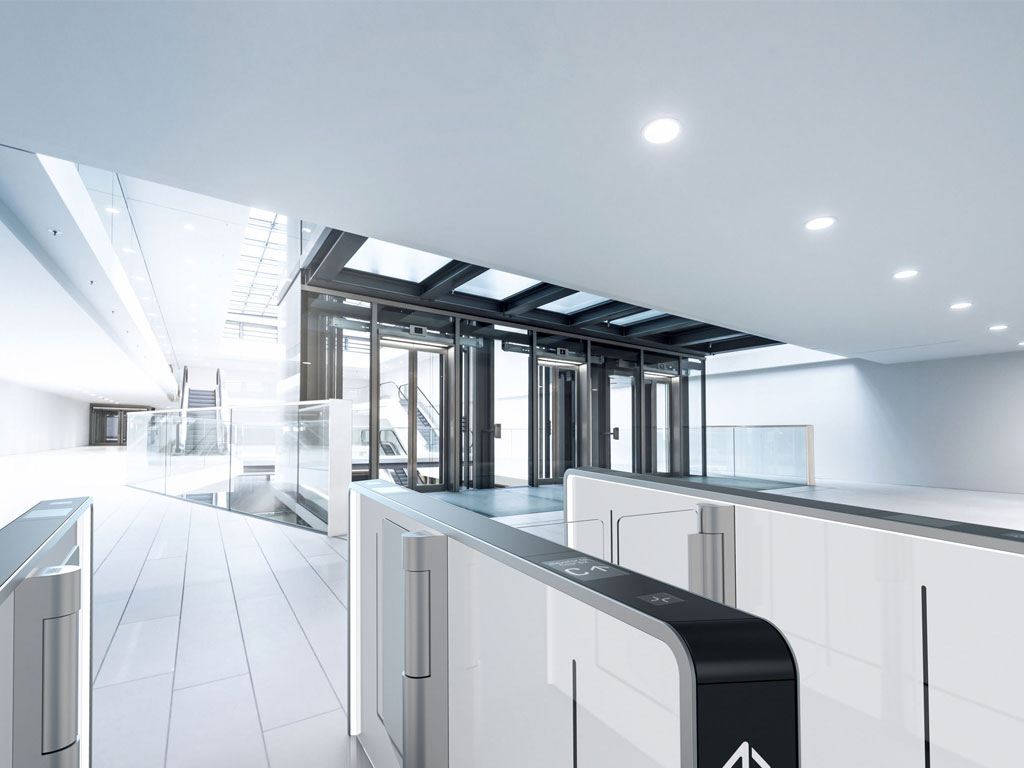Destination Dispatch and Elevator Control Innovation
Everywhere property owners and architects are embracing destination dispatch, an optimization technique used to improve elevator travel time by grouping passengers for the same destinations into the same elevators. Unlike conventional elevator control systems, destination dispatch control systems takes into account desired destination floors and the number of waiting passengers to significantly improve efficiency and convenience. This technological innovation reduces waiting and travel times compared to the traditional approach where all passengers wishing to ascend or descend enter any available lift and then request their destination inside the cab.
Companies like Otis, ThyssenKrupp, Schindler and Kone each offer different levels of service to passengers based on their unique systems and algorithms. To date, destination dispatch systems now being used in over 350 cities across more than 65 countries. Elevator consultants like KJA in Canada recommend ‘Destination Orientated Technology’ for any elevator modernization or new installation.
A DO system can improve passenger handling efficiency to a greater or lesser extent depending on the building parameters. More importantly, the appearance of a DO system creates a visible difference that impacts positively the public perception of the building. The DO system will be regarded over the coming years, as “state-of-the-art” and touch screen technology will become the standard interface for elevators.
Below I explore some of the leading systems offered to date.
Schindler's PORT Technology revolutionizes the science of optimizing traffic flow through a building while offering personalized service and access control. The elevator company has once again redefined the boundaries of performance with their third generation destination-dispatch system. Schindler was the first elevator company to pioneered destination dispatch elevator system. They launched the Miconic 10 system in 1992 as the first practical destination control system in the world. Then in 2000, they launched a second generation of destination control system called SchindlerID. These two successful systems led to the creation of a third generation system; the Personal Occupant Requirement Terminal, or simply known as PORT was launched in 2009 as a successor of both Miconic 10 and SchindlerID.
The CompassPlus® system by Otis Elevator is advertised as “a big leap forward in flexibility, customization and intuitive design”. Their easy to use touch screens provides a wealth of eye-catching controller options.
KONEI has an artificial intelligence that learns and forecast the traffic flows of a building overtime. When the traffic intensity alters, the control system measures the changed traffic patterns and switches its optimization routines accordingly.
The AGILE® system by ThyssenKrupp is promoted as an innovative family of ‘elevator enhancers’ that’s designed to make a buildings elevator network more intelligent and efficient. Their solution has four smart elements that can help reduce traffic, improve elevator performance, and even enhance aesthetics. KJA also notes that “the appearance of a DO system creates a visible difference that impacts positively the public perception of the building”. Industry experts explain that over the coming years, destination dispatch will be regarded as “state-of-the-art” and touch screen technology will become the standard interface for elevators replacing the push button model that replaced the original car operator.






